Every project has a different challenge or design constraint, and that brings about different opportunities.”
Interview by Nick Bleeker and Chere Griffin
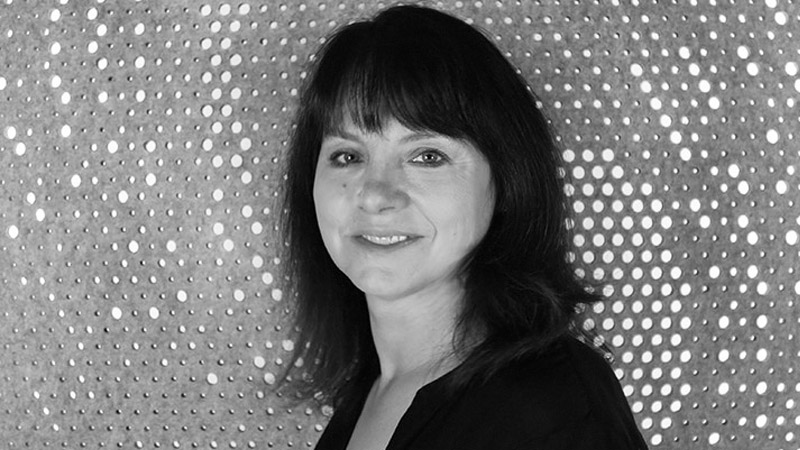
Tell us how you got into lighting design?
My path started in political science, because even though I always had an interest in design, it didn’t occur to me that one could build a career from it. Later, I went to school for interior design, where I took a lighting class. In the professional workforce, I was fortunate to gain a broad diversity of experience and understand what goes into a project from a variety of viewpoints. Listening to and learning from architects, engineers, users, owners and contractors are truly invaluable experiences.
How do you achieve balance between opposing forces?
Tension between competing needs and interests always exists, and there are often multiple considerations, so balance is the only option. Every project has a different challenge or design constraint, and that brings about different opportunities. Sometimes, it pushes us, too. If we understand constraints and challenges up front, we then have guidance for the design, and can weave together solutions to address tensions while crafting a beautiful, interesting end result.
How is personalized lighting entering project conversations?
There’s a lot of marketing around circadian lighting, but the truth is, there’s conflicting research on the right way to apply it. The technology is ahead of our understanding of how to correctly use it. And again, just because we can, should we? Seattle winter days are exceptionally short and gloomy, so I understand the appeal of being able to help people work through the seasonality, but there are also ethical implications to consider. Does an employer or institution have the right to manipulate a light spectrum beyond the norm to their advantage? What are the rights of those using the space, and should they have a say in this manipulation?
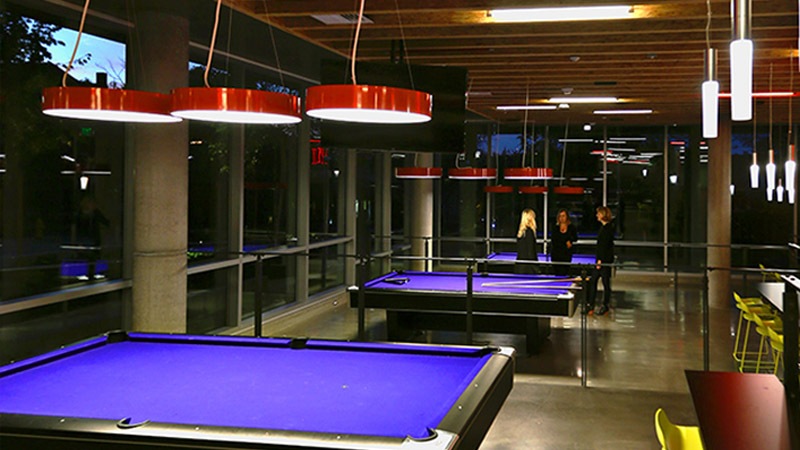
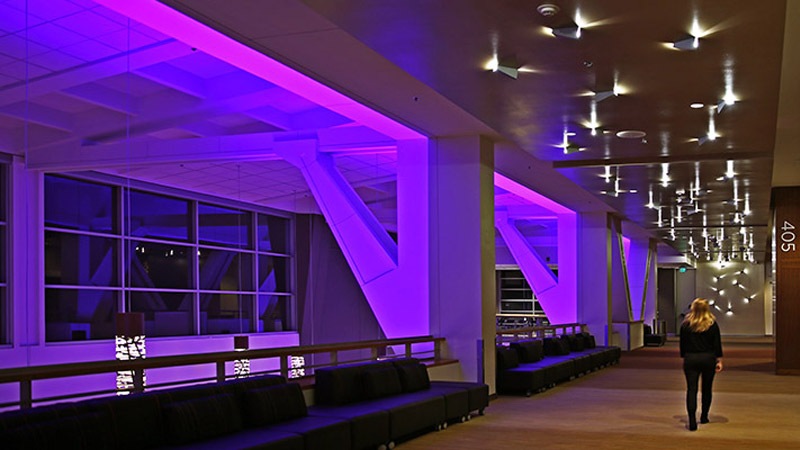
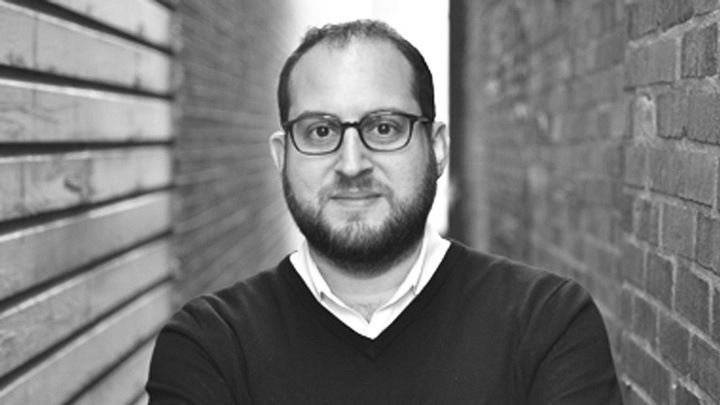
David Ghatan
David Ghatan, President of CM Kling + Associates, is committed to championing the lighting design profession

Sandeep Jha
Pioneers of Light, Signify, interview, Sandeep Jha, designer, architect.
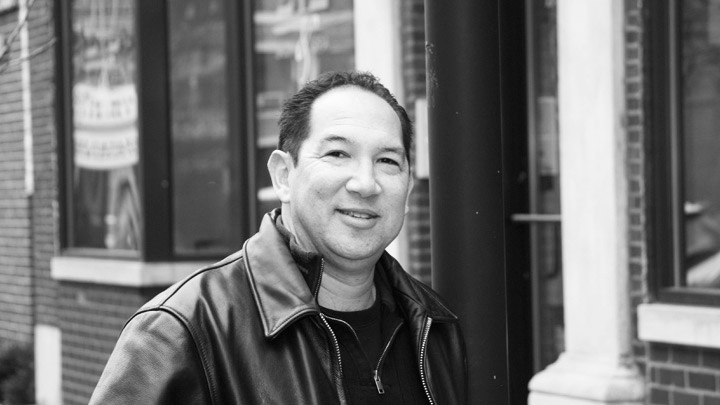
Peter Hugh
Peter Hugh was a lighting design leader before taking the bold step of opening his own lighting design firm eighteen years ago.